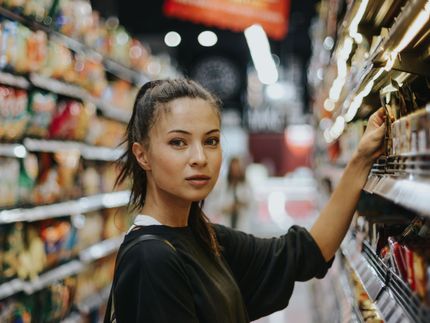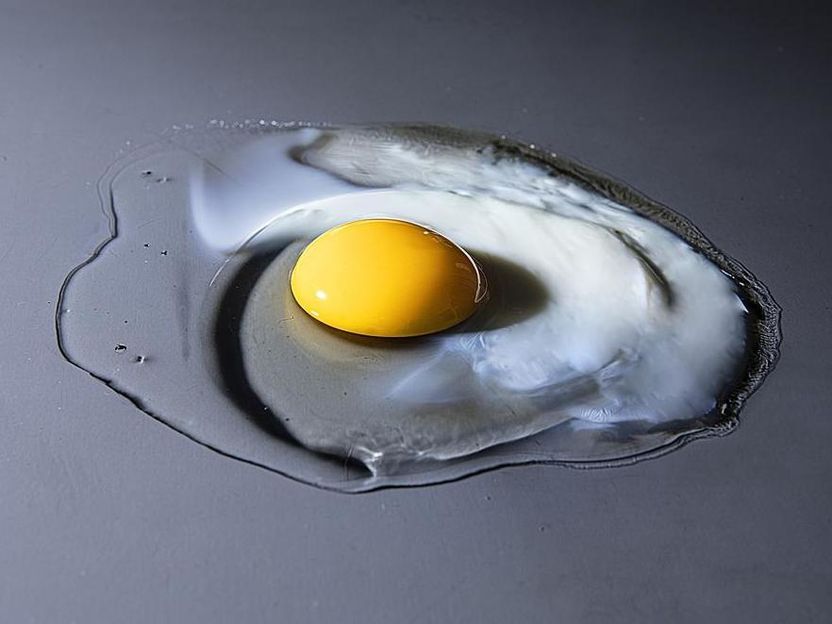Arla converts over one billion packages across Europe
Advertisement
Dairy products in Europe's refrigerators are becoming more environmentally friendly. By the end of the year, the European dairy cooperative Arla Foods will have converted 600 million fresh milk packages across Europe to renewable materials and made 560 million cups recyclable, which will be used for products such as yoghurt and cream. The German market accounts for 205 million cups. Both measures will save a total of 7,330 tonnes of CO2 emissions.

Arla converts over one billion packages across Europe
Arla Foods
"We want to help people lead a more sustainable life. Drinking milk and yoghurt are consumed daily in most households in our core markets and are also of great importance to our retail customers. It was therefore particularly important for us to make the packaging for these products more sustainable. Thanks to our size and Europe-wide presence, we can drive change in several markets at the same time," says Peter Giørtz-Carlsen, European Board Member at Arla Foods.
This change is the first major step in Arla's new sustainable packaging strategy. The company aims to reduce CO2 emissions by 30 percent by 2030. By then, emissions from packaging alone are to be reduced by around 8,000 tonnes of CO2 per year. The long-term goal is to make the entire portfolio CO2-neutral by 2050. This is in line with Arla's overall climate target of net zero emissions by 2050 for its overall business, as announced in March.
The new packaging will be available to consumers in Arla's six main European markets: Sweden, Denmark, Finland, the Netherlands, Germany (followed by milk packaging in 2020) and Great Britain. The conversion of Arla's 600 million milk cartons from petroleum-based to biobased plastic made from sugar cane or wood waste will make them 100 percent renewable. Compared to the previous milk packaging made of petroleum-based plastics, they also cause 25 percent less CO2 emissions. The yoghurt and cream cups are converted to recyclable plastics. Thus the plastic can be reused if the recycling systems of the respective country make this possible.
Comprehensive catalogue of measures for more environmentally friendly packaging
"We already have a comprehensive catalogue of measures with which we have made our packaging more environmentally friendly over the past few years. However, this year's conversion of more than a billion packages is one of our biggest initiatives. Together with a number of other smaller measures, this means that we will achieve our CO2 reduction target for packaging in 2019. However, we have to improve every year and are therefore already developing plans for further reductions in the coming year," says Peter Giørtz-Carlsen.
Initiatives to date include lighter packaging, the shift to bio-based plastics, the use of recycled materials and the replacement of materials whose production emits large quantities of greenhouse gases. Since 2005, Arla Foods has reduced CO2 emissions from its packaging by 25 percent. This corresponds to 123,000 tonnes of CO2 that have not been released into the atmosphere. Some examples:
-
Reduction of 7,500 tonnes of plastic from plastic milk bottles in the UK, which now contain up to 30 percent recycled HDPE plastic. Bottles from Arla Molkerei Aylesbury in the UK even contain up to 40 percent of recycled HDPE plastic.
Change of packaging at UHT Biomilch in Germany: Thanks to the use of renewable raw materials and bio-based plastics, 72 percent less CO2 emissions compared to conventional UHT milk packaging.
The transparent plastic lids of Crème Fraîche and To-Go cups now contain 85 percent recycled PET. This has reduced the impact on the climate by around 70 percent.
Making packaging more sustainable poses many challenges. For example, it should protect food while preserving its quality and freshness in order to avoid food waste. At the same time, manufacturers are dependent on technical developments, material availability and existing systems that improve the recycling cycle of plastics in our society.
"Over 90 percent of consumers believe that packaging should be designed to facilitate reuse in their local recycling systems. This was a key driver for these initiatives. Currently, around 90 percent of our total packaging can be recycled in at least one of our core markets. Our goal is for all packaging to be recyclable in all our core markets by 2025. In doing so, we are dependent on the comprehensive expansion of recycling systems in the various countries. If this is the case, we are prepared for it with our packaging," says Peter Giørtz-Carlsen.
Note: This article has been translated using a computer system without human intervention. LUMITOS offers these automatic translations to present a wider range of current news. Since this article has been translated with automatic translation, it is possible that it contains errors in vocabulary, syntax or grammar. The original article in German can be found here.

























































